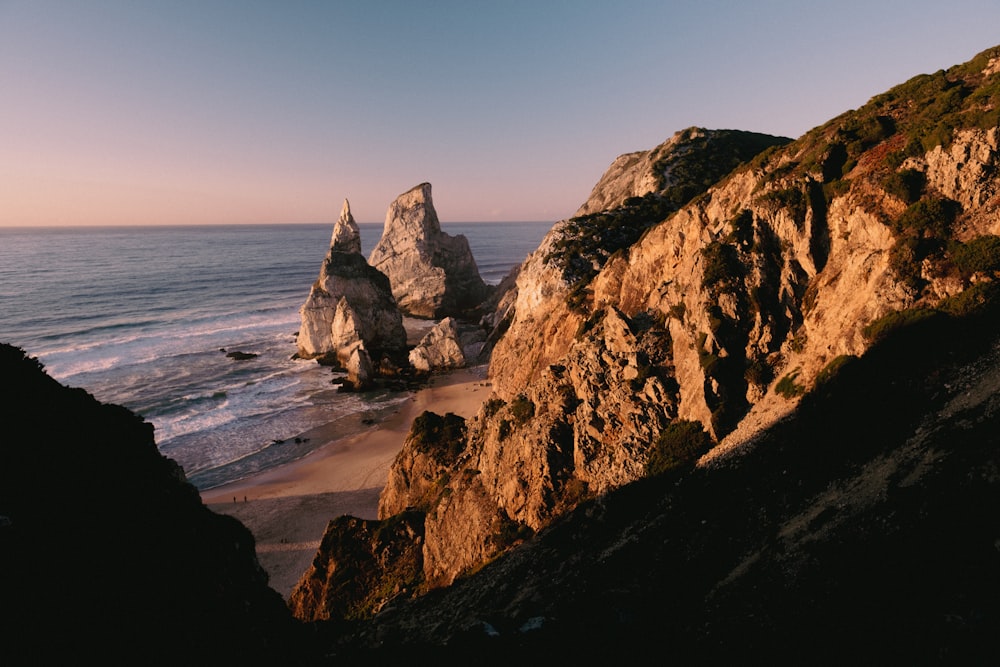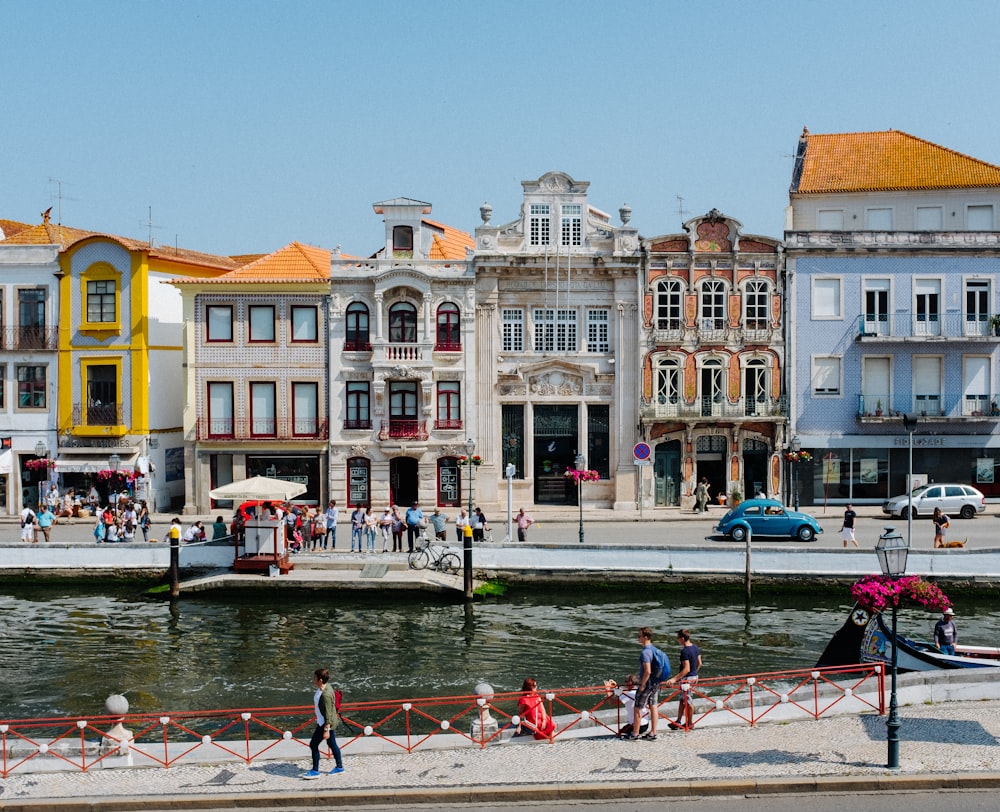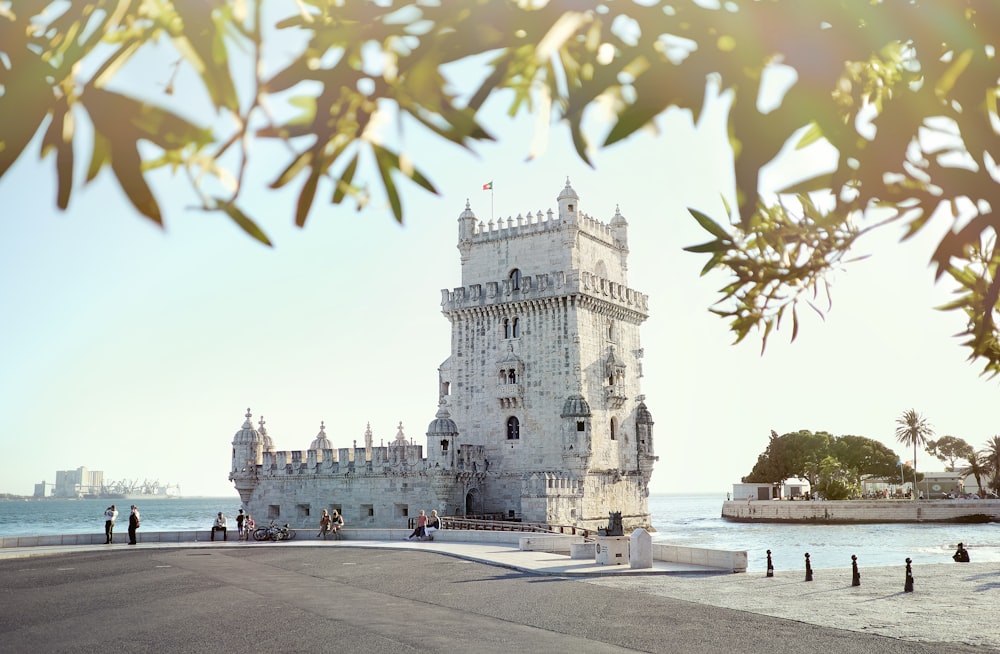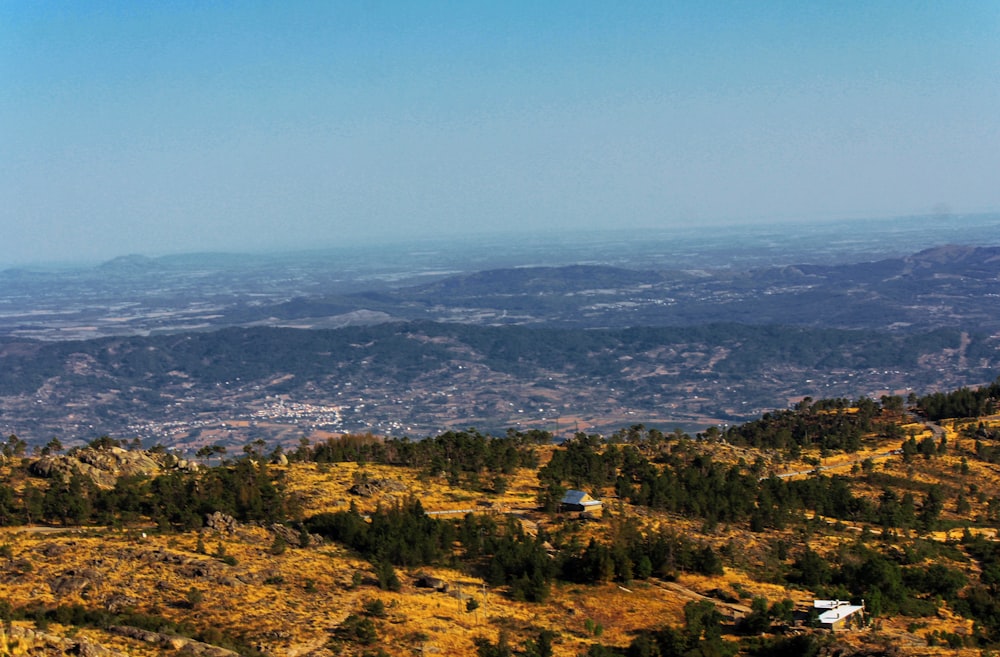ESCAPE YOUR WORLD | Where to Go in Portugal: 5 Great Itineraries

Portugal is a joy to discover. A small country occupying around one-sixth of the Iberian Peninsula, it's bordered by the Atlantic Ocean to the west and south and by Spain to the north and east. Within these frontiers lies one of Europe's friendliest and most beguiling nations.
Portugal offers many diverse destinations and experiences. There are warm and sunny resorts; noble and historic cities; traditional villages and ancient hamlets; spectacular mountains; vast, empty plains; and long, winding rivers. And there's always the ocean – Portugal is, after all, a seafaring nation.
1. The South Coast: Exploring the Algarve
Faro International Airport provides the ideal gateway to the Algarve, the southernmost province of Portugal. The region deserves at least a week of your time and is best explored by car. But it's worth spending an overnight in the regional capital before journeying farther.
Begin your sightseeing with a leisurely stroll through the Cidade Velha (Old Town), Faro's historic quarter. The city overlooks the beautifully serene Parque Natural da Ria Formosa. Leave some time to take a boat trip along the river and lagoons of this wildlife haven – one of Europe's top wetland habitats.
In summer, the fabulous beaches fronting this lively resort are packed with sun worshippers, and the destination is known for its exciting water sports options. Stay a couple of days – the narrow streets and lanes are very foot friendly, the coastal hikes bracing, and a visit anytime of year brings its rewards.
Again, depending on time, you can pick up the motorway at Lagoa for Faro or choose the B road and take in places like Portimao, the Algarve's sardine capital; neon-lit Albufeira; Vilamoura and its snazzy marina; and charming Loulé, renowned for its busy market and traditional handicrafts.
2. Southern Portugal: Discovering Baixo Alentejo (Lower Alentejo)
The Alentejo is vast, occupying nearly a third of Portugal. Its size means that a vehicle is the only realistic means of exploring, but there are numerous possibilities for itineraries. The southern, or lower, half of the region is characterized by a rolling landscape.
Évora, the regional capital, is the obvious starting point, and you should allow two days to discover this enchanting destination, the historic center of which is a UNESCO World Heritage Site.
The surrounding area lends itself to a convenient circuit, and any tour should take in medieval Monsaraz and its evocative 13th-century castle, one of the top castles in Portugal. From its weatherworn ramparts, you can gaze over another impressive landmark, the enormous Barragem de Alqueva, the largest manmade reservoir in Europe.
At lakeside Amieira, you can hire out a houseboat for a day, or even a week – a great sightseeing option, especially with families. The next destination of note is the walled town of Serpa. Achingly scenic with its own castle, 11th-century aqueduct, and a maze of cobblestone streets, this is perfect coffee break territory.
Allow more time – perhaps even an overnight – to absorb Mértola, located farther south and one of the most fascinating places to visit in the region. Designated a vila museu, or museum town, this riverside community is steeped in history. Ten museums, a castle, and the River Guadiana make sightseeing an adventure.
3. Southern Portugal: Journeying through Alto Alentejo (Upper Alentejo)
The Upper Alentejo embraces a significantly different geography to that of the region's southern half and offers a dissimilar but no less appealing sightseeing experience.
The ancient city of Évora, the regional capital, is a good base from which to explore, but you'll need a vehicle to cover the distances involved. Fortunately, the roads are good and relatively traffic free, and you can motor at leisure to picturesque villages like Estremoz and Évoramonte before arriving at Vila Viçosa, where you can join a guided tour of the town's sumptuous 16th-century Paço Ducal, the royal palace.
The terrain north of Portalegre is notably more rugged as the road climbs up the Serra de São Mamede, a remote range that's home to an abundance of flora and fauna. This is classic hiking territory, and if time permits, and you've come prepared, park and indulge in a spot of hill walking.
4. Lisbon Area: Sightseeing and Excursions
As the main point of entry for most travelers, Lisbon is Portugal's vibrant and cosmopolitan capital and is well served by an efficient and inexpensive public transport system. Forget the car. Compact and with a well-defined historical center, the city is ideal for exploring on foot, though some of its hills will test even the stoutest pair of legs.
The afternoon can be spent on the other side of the city, at Belém, where the beautiful Mosteiro dos Jerónimos, one of Portugal's most important historical monuments, is located. Nearby is the curious-looking Torre de Belém. Both are UNESCO World Heritage sites and should not be missed.
Along the Lisbon coast, the resort towns of Estoril and Cascais are naturally at their liveliest during the summer months. Both offer pristine beaches, crystal-clear waters, and plenty of leisure amenities. A long, broad seafront promenade affords a salt-laced walk between the two resorts, and there are plenty of accommodation options to choose from.
5. Central Portugal: Coast and Countryside
Portugal's central region couples an extensive Atlantic coastline with a wildly contrasting interior, anything from expansive fertile plains to majestic mountain peaks.
Exploring these diverse provinces takes time and logistical planning. By way of introduction, it's probably best to focus your efforts along or near the coast by heading north out of Lisbon to the enchanting walled town of Óbidos – a beautiful picture-postcard destination.
An hour or so farther north is a real treat for history buffs, the magnificent Mosteiro de Santa Maria de Alcobaça, Portugal's largest church and deserving of its UNESCO World Heritage Site status. So, too, is the abbey at nearby Batalha, a masterpiece of Portuguese Gothic architecture and also protected by UNESCO.
If you're a surfer and traveling during November, you might want to divert to the coast and Nazaré. At this time of year, the swells are gigantic and reach record-breaking heights. Only the most experienced professionals dare ride them.
If you have a few days, consider basing yourself in Celorico da Beira, a little bolthole renowned for its delicious Serra cheese. Nature lovers will be in their element, and there are plenty of long-distance paths for the more active to follow.
From here, be prepared to negotiate narrow roads and hairpin bends as you slowly wind your way up Portugal's highest mountains, the Serra da Estrela. If traveling in winter, keep an eye on the weather, which can be highly unpredictable. And if it snows, be prepared to share the summit with opportunistic skiers and snowboarders.
See more adventure with our newest bracelets! 👉 https://bit.ly/3HX23i2











